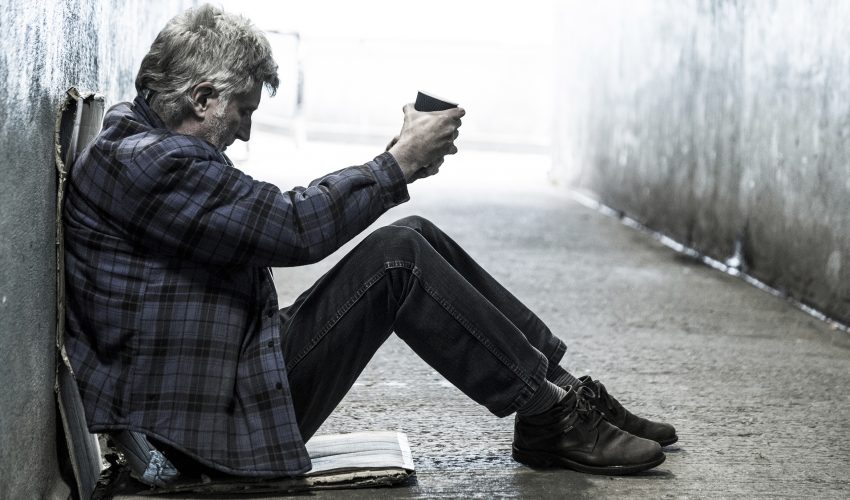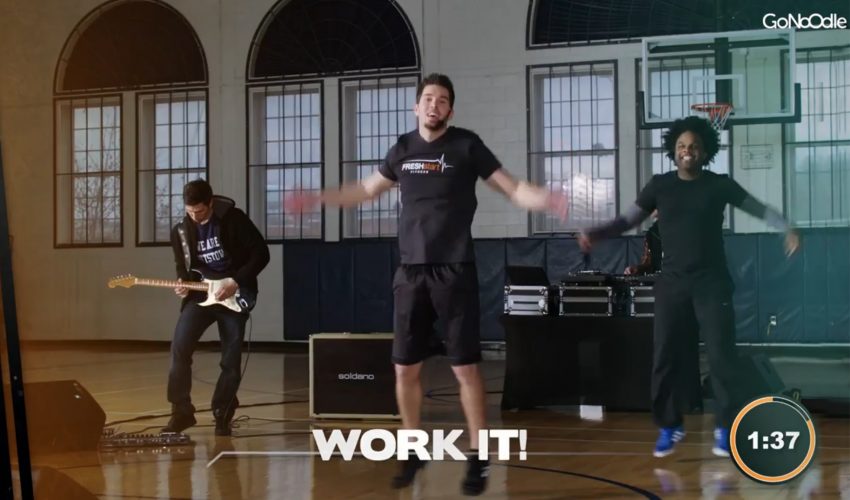During his walk around a Nashville neighborhood, a police officer spots a disheveled young man sleeping in the alleyway of an apartment building.
It’s a dangerous spot for sleep — cars speed through the narrow alley regularly, and early the next morning a garbage truck will be pulling up to empty a nearby dumpster.
So the officer shakes the young man awake, to get him to move along, ideally to a shelter a few blocks away.
The switch to wakefulness does not go well.
The young man grows increasingly agitated, pulls away from the officer and begins to argue.
A situation like this can escalate quickly when a person with mental illness is behaving erratically and a law enforcement officer is following a set protocol.
Someone who needs help may be taken away in handcuffs, causing further agitation instead.

Creating an alternative
Mental Health America of Middle Tennessee (MHAMT) saw an opportunity for a more peaceful and effective ending.
“We noticed that more and more people with a mental illness were being restrained and taken to a hospital, or incarcerated,” says Tom Starling, director of MHAMT.
“Both are expensive solutions, especially when the problem is trespassing or vagrancy. Our agency and advisory council thought there was a way to stem the tide further upstream — to educate people about recognizing and responding to mental illness when they encounter it.”
They selected two easily accessible, yet effective, training programs for first responders, law enforcement and legal professionals, as well as clergy and those who work with immigrants and refugees:
- Mental Health First Aid is an 8-hour course that focuses on developing skills to identify, understand and respond to signs of mental illness.
- Applied Suicide Intervention Skills Training (ASIST) is a two-day workshop focused on recognizing indications of suicide and learning how to intervene.
How did we get here?
There is more openness and honesty about living with mental health issues today, and the idea that depression or stress is a weakness to overcome by willpower is fading away.
The tendency to shut those with mental illness away has been replaced by integration into the community, so more people know and interact with people who suffer from a mental illness.
Still, some stigma remains, and high-profile acts of violence, such as the movie theater shooting in Aurora, Colorado, brought fears of the mentally ill to the surface.
“People were lumping it all together, when 96 percent of violent crime is committed by people who do not have a mental illness,” says Starling. “In fact, the mentally ill are four times more likely to be a victim of violence.”

Education and training
MHAMT started a cascade of educational opportunities throughout the state by offering to train Mental Health First Aid and ASIST instructors, who went on to instruct the first responders, law enforcement officers, and others who might have to subdue or interact with a person dealing with mental illness.
Rather than follow the same rules for handling uncooperative behavior in all situations, those who take the courses learn to recognize the signs of a person struggling with mental illness, and react accordingly.
A referral to an organization that can offer long-term help does far more for both the individual and the community than jail time or an emergency room visit would.
“It’s like knowing how to do the Heimlich maneuver and stabilizing a situation until the professionals come in,” says Starling.
“In this case, people who get this training learn how to identify a panic attack, or realize that they are hearing suicide ideation.
“We saw that there could be savings for the community, as well as more dignity and respect for the people who might be experiencing an episode of psychosis.”



